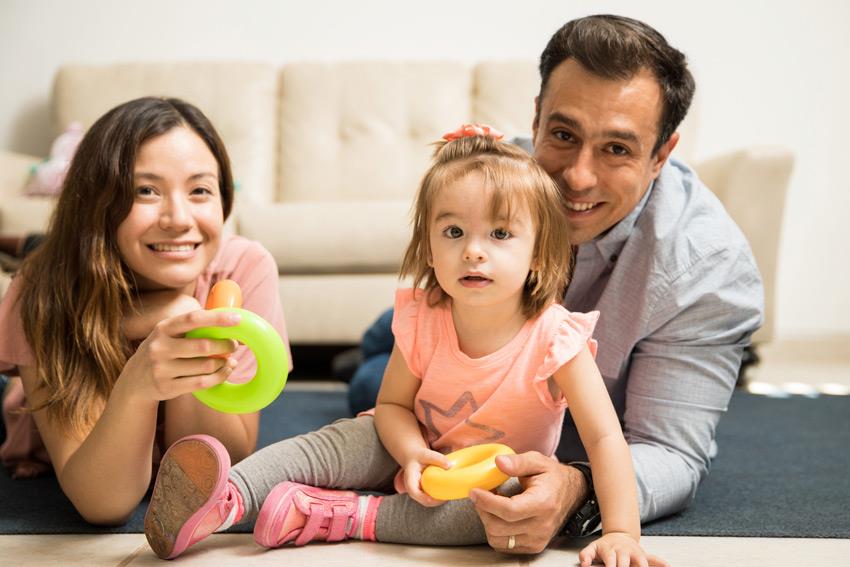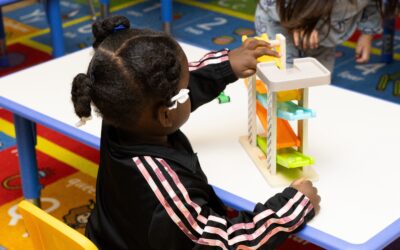Many children on the autism spectrum face a variety of behavior challenges throughout their life, especially in their younger years. Studies show that positive reinforcement can be more effective than discipline. That is to say, rewarding desired behaviors in children with autism can be more effective than just punishing the undesired, repetitive behaviors.
Positive reinforcement is a fundamental aspect of Applied Behavior Analysis therapy. If your child is already receiving ABA therapy, one of the best ways to build on it is to use effective reinforcement strategies at home. To use positive reinforcement, it is important to keep in mind the triggers and purposes for your child’s behavior.
Triggers
Think of triggers as all the relevant things that happen before a behavior is occurring. These can be considered triggers for that behavior. Some common triggers are: things people said, a certain emotional state, or the environment (too hot, too cold, lights too bright, noise too loud etc.).
Once you feel you’ve identified the triggers of a behavior, you can avoid and minimize your child’s exposure to them. We recommend redirecting your child’s attention when triggers are present. One of the best ways to use your knowledge of triggers, is to talk with your child about them, and to help develop coping techniques.
Behaviors
Before responding to a behavior, it’s crucial to understand the purpose of the behavior. The best thing to do during a repetitive, undesired behavior, such as a tantrum, is to stay calm, speak in an even tone, and give simple directions.
Many times, undesired and challenging behaviors like tantrums can be a sign of some unfulfilled need or frustration. When you feel your child is de-escalated, speak to them about why they feel they reacted the way they did and use your knowledge of their triggers to figure out, to the best of your ability, the purpose of their behavior.
Reinforcement
Reinforcement is when some reward is offered after your child displays a positive and desired behavior so that your child will display that behavior again. Positive reinforcement is effective because children are motivated by their parent’s attention. Some of the most effective positive reinforcers tend to be:
- Desired objects/toys
- Verbal Praise
- Special treats (sweets, favorite foods)
- Free-time
- Specific activities (going to the park, beach etc.)
Every child has their preferences, it’s up to you and your child to decide what reinforcers to use. It’s important to remember that with positive consequences like reinforcement, timeliness is everything. Your child should feel they they can attain positive reinforcement.
Positive reinforcement is most effective when:
- You have chosen the desired behaviors you want your child to display, instead of focusing on the negative behaviors.
- You know which reinforcers you want to use/work the best.
- Reinforce your child’s effort to display positive behavior, even if it isn’t exact or perfect.
If you follow these general guidelines, you may find yourself feeling more equipped to reinforce positive behavior while redirecting negative or undesired behavior. Being mindful about the factors and purpose that influence your child’s behavior can improve their outcomes at home, and build on their therapy. Positive reinforcement can lead to an overall increase in positive and productive behaviors.
Don’t forget to keep up with us on on Facebook, Instagram and Twitter for more strategies, tips and autism-related news.



